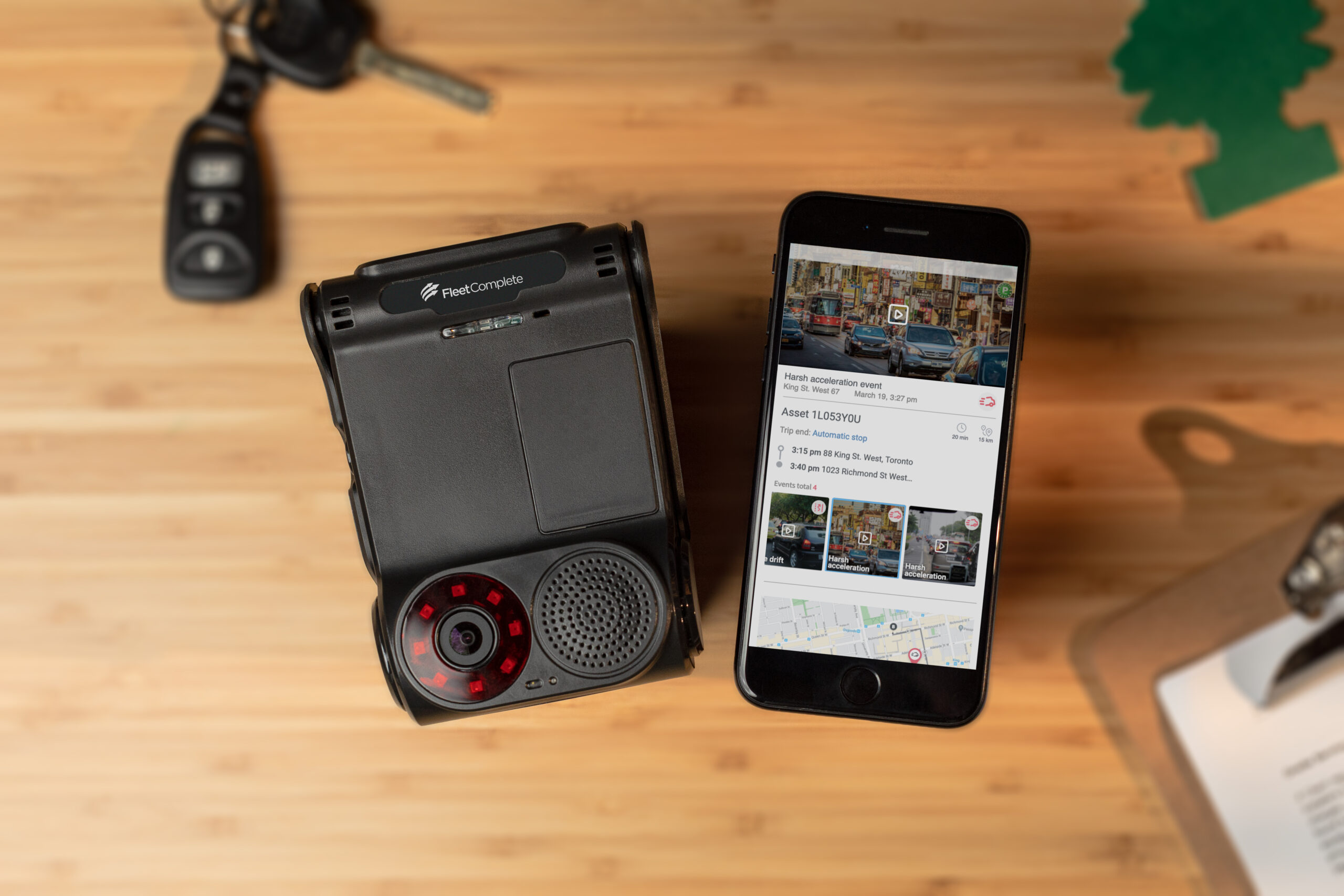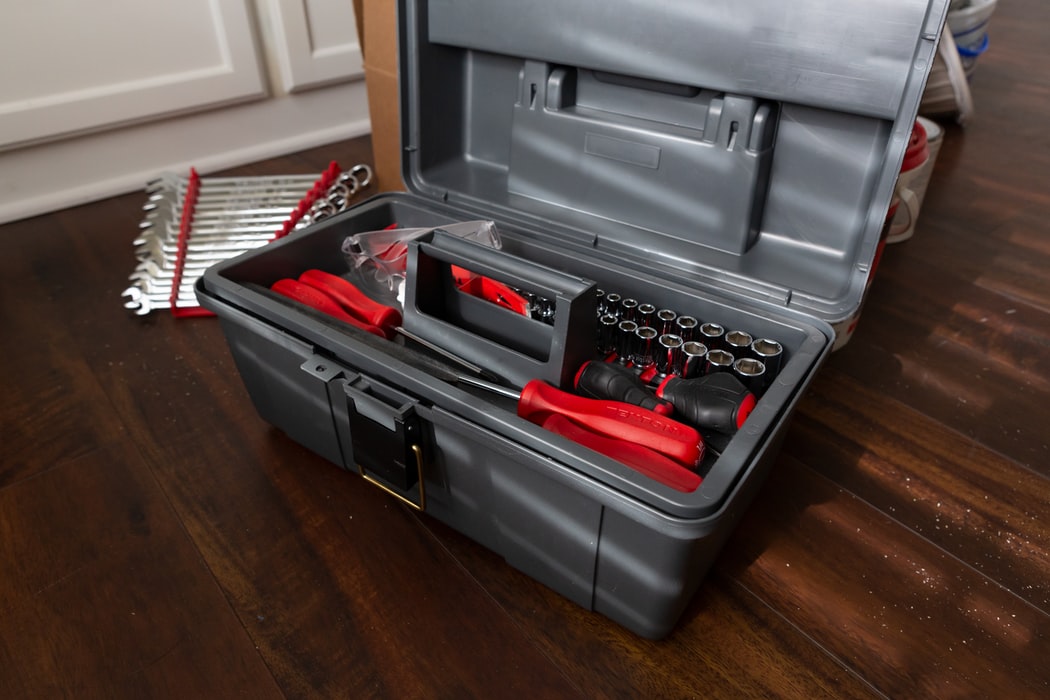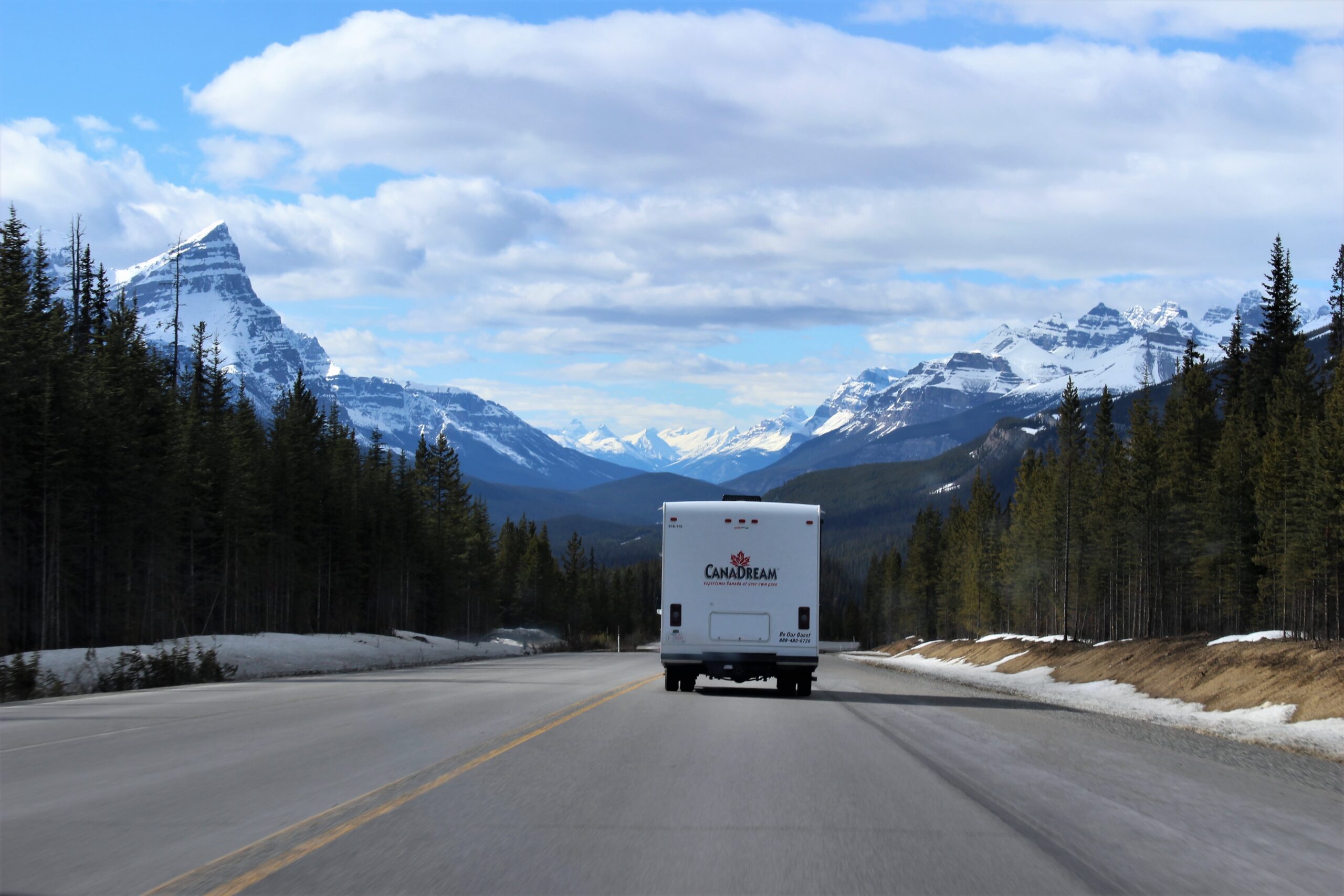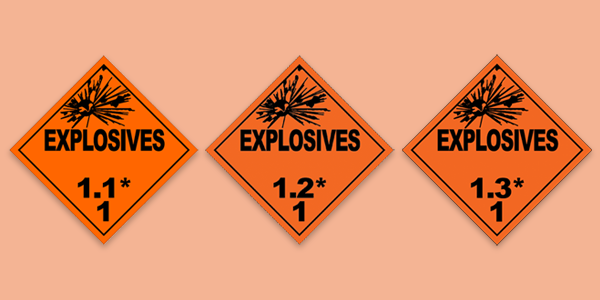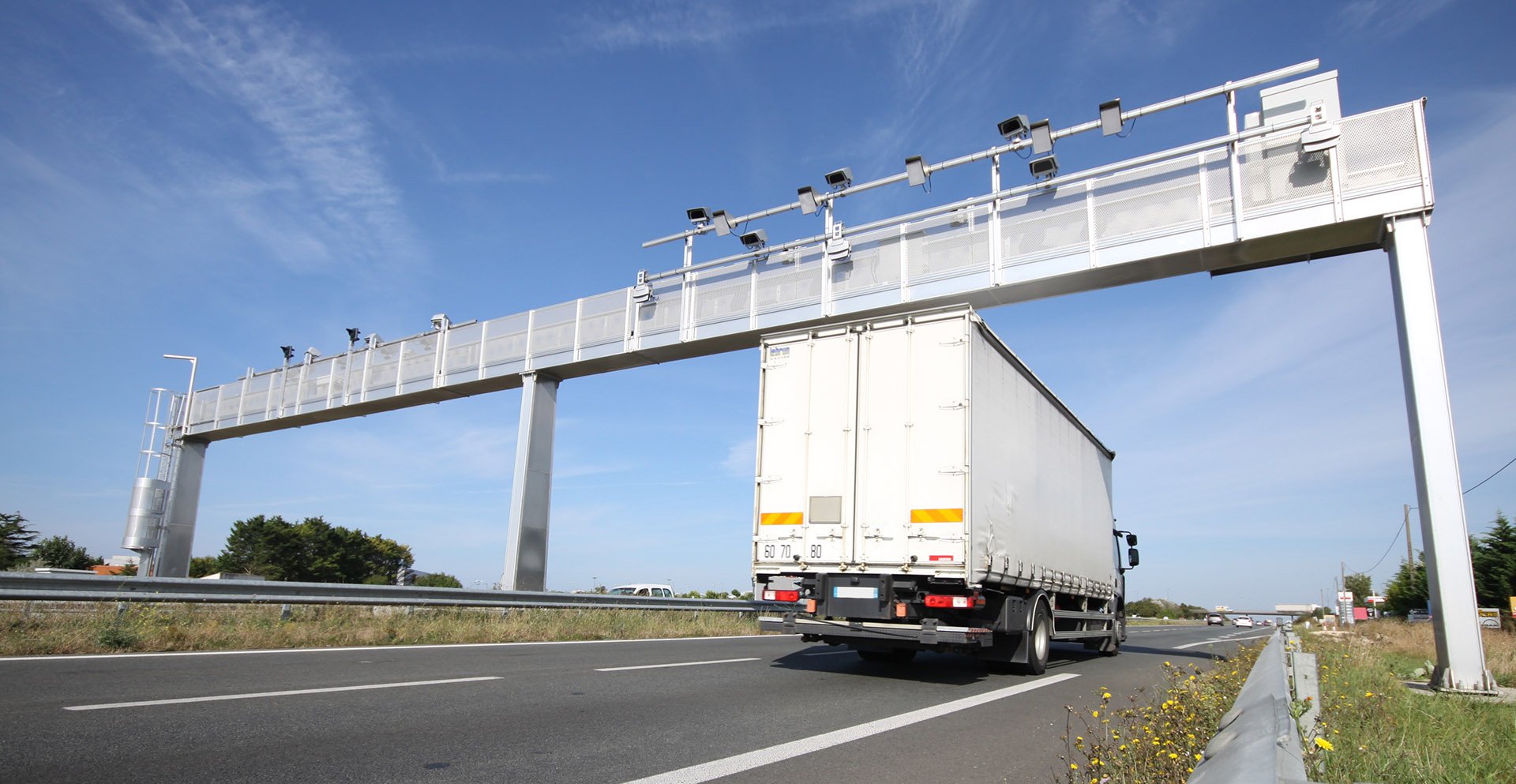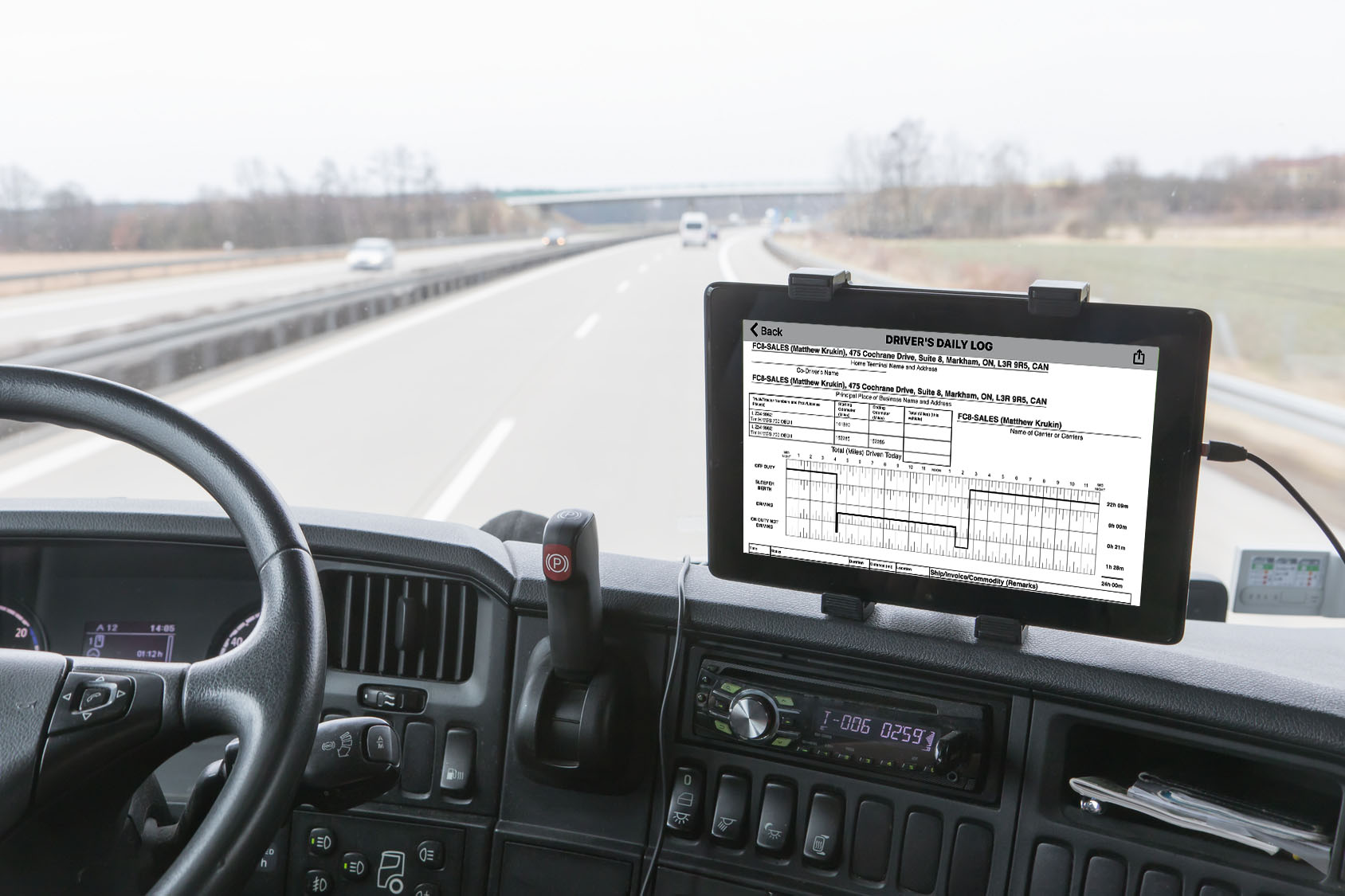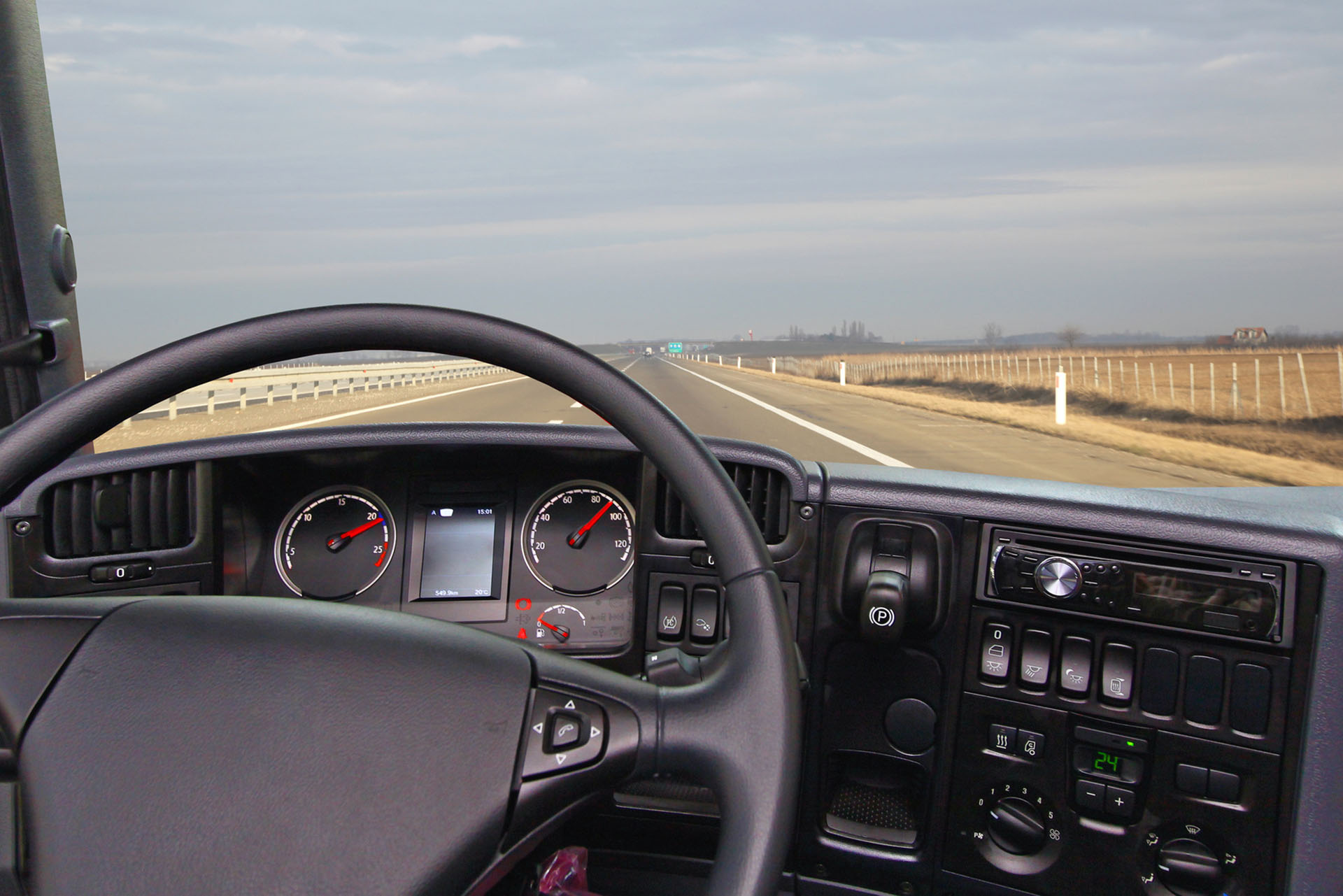Drivers face harsh driving conditions and long stretches between communities north of latitude 60°N, so regulations include a modified set of rules for these drivers.
What are the requirements when traveling north of 60?
North of Latitude 60°N Driving Limits
- Driving time limit increased by 2 hours
- Driver must stop driving after 15 hours driving
North of Latitude 60°N On-Duty Limits
- On-duty time limit increased by 4 hours
- Driver must stop driving after 18 hours on-duty
North of Latitude 60°N Shift Limits
- Work shift limit increased by 4 hours
- Driver must stop driving after 20 hours on a work shift
North of Latitude 60°N Off-Duty Requirements
- Off-duty time decreased by 2 hours
- Driver must take 8 consecutive hours off-duty (core rest period)

When Do the Limits Apply?
- Driver is eligible to apply new limits as soon as a driver crosses the latitude 60°North
- Driver does not have to record this change in limits on daily log
- When driver is north of latitude 60°, driver applies north of 60°limits
- When the driver is south of latitude 60°, driver applies south of 60°limits
What are the sleeper berth rules for a single driver when traveling north of latitude 60°N?
Eligible Sleeper Berth Periods
- Sleeper berth period >= 2 hours
- This sleeper berth period + another sleeper berth period >= 8 hours
- Driving time accumulated before and after the sleeper berth period <= 15 hours
- No driving after 18 hours on-duty accumulated before and after the sleeper berth period
Work Shift Limits When Using Sleeper Berth
- Stop driving after 15 hours of driving time (before and after each eligible sleeper berth period)
- Stop driving after 18 hours of on-duty time (before and after each eligible sleeper berth period)
What are the sleeper berth rules for team drivers when traveling north of latitude 60°N?
Eligible Sleeper Berth Periods
- Sleeper berth period >= 4 hours
- This sleeper berth period + another sleeper berth period >= 8 hours
- Driving time accumulated before and after the sleeper berth period <= 15 hours
- No driving after 18 hours on-duty accumulated before and after the sleeper berth period
Work Shift Limits When Using Sleeper Berth
- Stop driving after 15 hours of driving time (before and after each eligible sleeper berth period)
- Stop driving after 18 hours of on-duty time (before and after each eligible sleeper berth period)
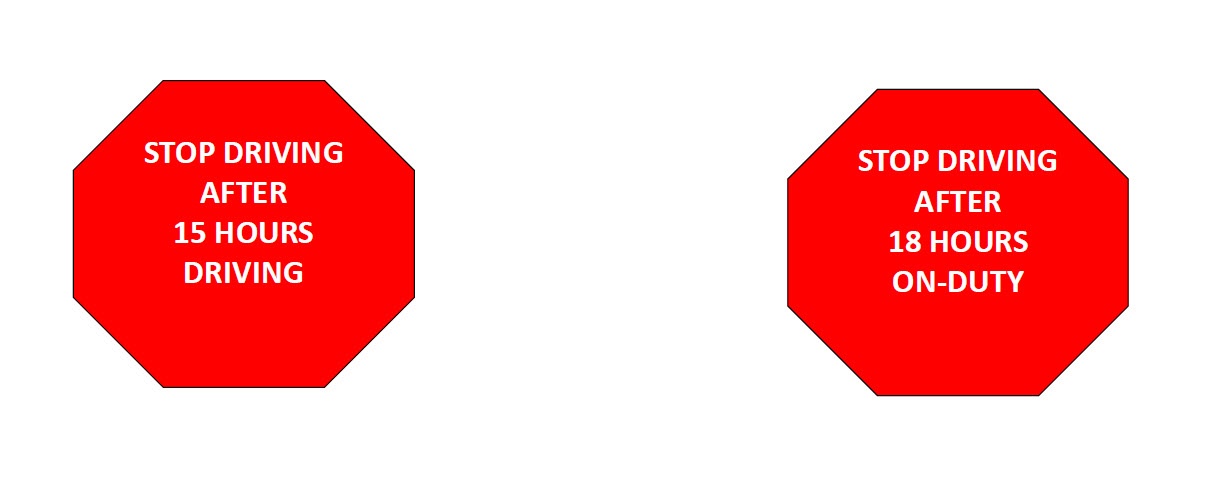
How does a driver to switch to a regular work shift (no sleeper berth)?
- 8 consecutive hours of off-duty time
What are the cycle limits when traveling north of latitude 60°N?
- Cycle 1 – limits on-duty time over a period of 7 days
- Cycle 2 – limit of on-duty time over a period of 14 days
- Reach cycle limit – driver must stop driving
What are the cycle resets when traveling north of latitude 60°N?
- Driver can take extended period of off-duty time (cycle reset)
- After reset period –accumulated on-duty hours set back to zero, driver starts new cycle and resumes driving
- Driver does not have to take cycle reset –driver can reduce hours so as not to exceed cycle limits
Cycle 1
- No driving after 80 hours on-duty time during any period of 7 consecutive days
- Driver must take at least 36 consecutive hours off-duty time to reset cycle
Cycle 1 Example:
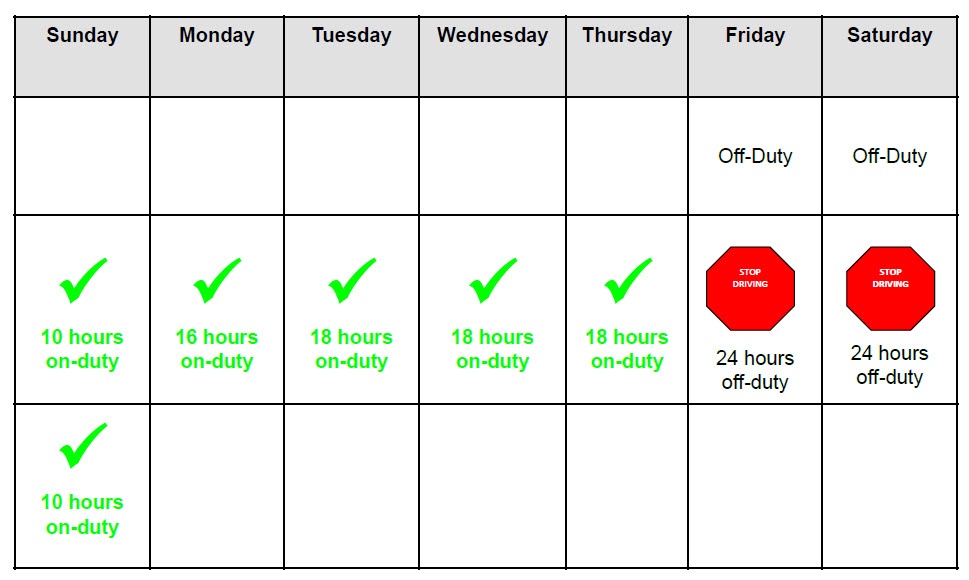
Cycle 2
- No driving after 120 hours on-duty time in any period of 14 consecutive days
- Driver can’t exceed 80 hours of on-duty time without taking at least 24 consecutive hours off-duty time
- Driver must take at least 72 consecutive hours off-duty time to reset cycle
Cycle 2 Example:
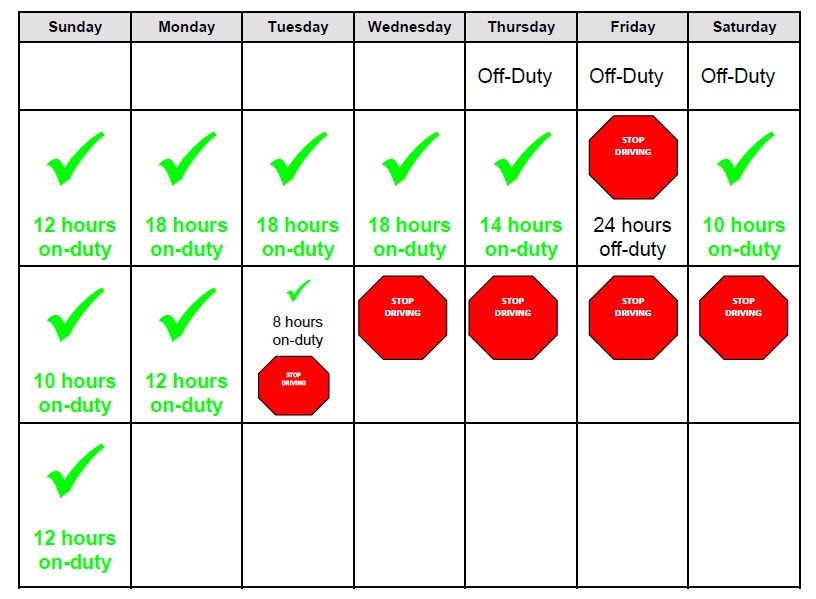
What is “mandatory 24 hours off-duty”?
- No driving after 14 consecutive days (regardless of number of on-duty hours in cycle)
- After 14 consecutive days on-duty, driver must take at least 24 consecutive hours off-duty time before driver resumes driving
Day Off Example:
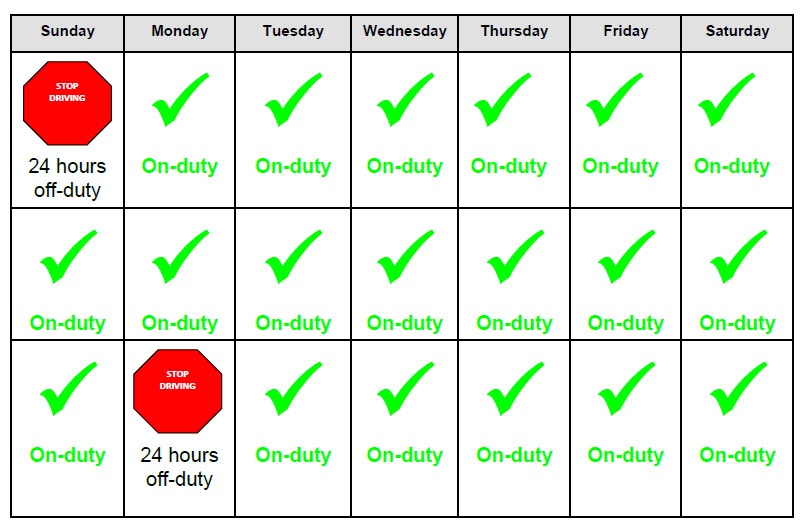
How do drivers switch cycles?
- Switch from Cycle 1 to Cycle 2 –36 consecutive hours off-duty time
- Switch from Cycle 2 to Cycle 1 –72 consecutive hours off-duty time
The above information is for informational purposes only, and should in no way be relied upon as legal advice.














